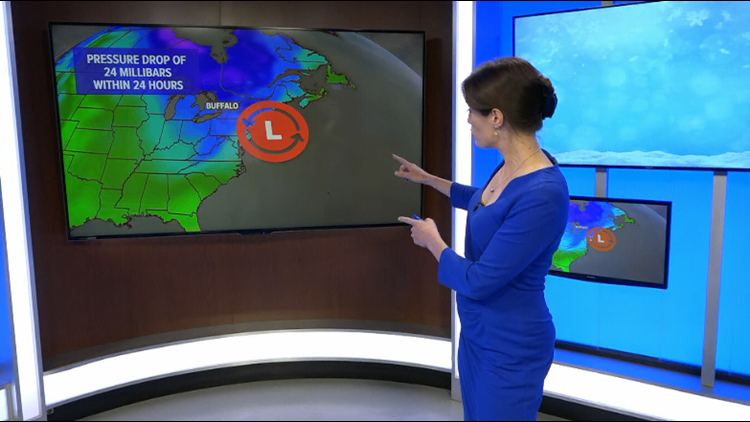We live in a world where it’s become popular to use the word “literally" when we don’t literally mean “literally.” A prime example of how a word with a very specific meaning can get casually tossed around, only to end up losing value.
The same thing happens with a few weather buzzwords that have gone viral during the past few years. Let’s quickly review a few so you know what these words actually mean, when using them is warranted, and most importantly, when it is NOT!
First up, social media’s favorite from the mid 2010s: polar vortex. This is a term that’s existed in meteorological spheres for a long time, but only recently became a sensational way to describe a harsh blast of cold air.
RELATED: What is the polar vortex?
Here’s what you need to know: the polar vortex is always present, even if you’re not feeling its direct effects at your latitude. It’s a huge area of low pressure that’s typically anchored within the Arctic Circle. And no, not every temperature drop from November to April can be blamed on the “polar vortex.” Sometimes, it’s just cold.
RELATED: Can it be too cold to snow?
Now on to “bombogenesis” and “bomb cyclone.” Both of these are legit meteorological terms that have, again, been in use within the science community for a long time. Bombogenesis is said to occur when an area of low pressure strengthens very quickly and exerts a lot of energy. Specifically, the central pressure of a storm system must drop at least 24 millibars within 24 hours. This produces very strong winds and often heavy precipitation. Nor’easter storms are notorious for obtaining “bomb cyclone” status.
RELATED: What makes the wind blow?
And whether it’s a bomb cyclone or just a narrow band of ferocious lake effect, be wary of misusing the word “blizzard.” A true blizzard has a very specific set of meteorological criteria. First, winds of at least 35 mph or frequent wind gusts of at least 35 mph need to occur. That wind needs to cause severe blowing and drifting, reducing visibility below ¼ mile. Fresh snow doesn’t have to be falling for this to happen. Finally, the first two conditions have to last for at least three hours.
RELATED: The Blizzard of '77
New episodes of Heather’s Weather Whys are posted to the WGRZ YouTube channel every Wednesday evening. If you have a weather question for Heather to answer, send it to her at heather.waldman@wgrz.com or connect with her on Facebook or Twitter.



